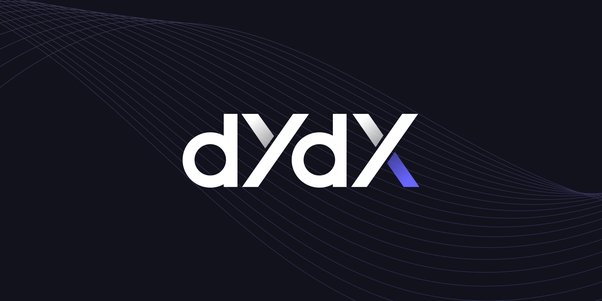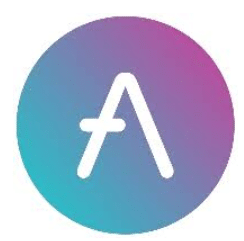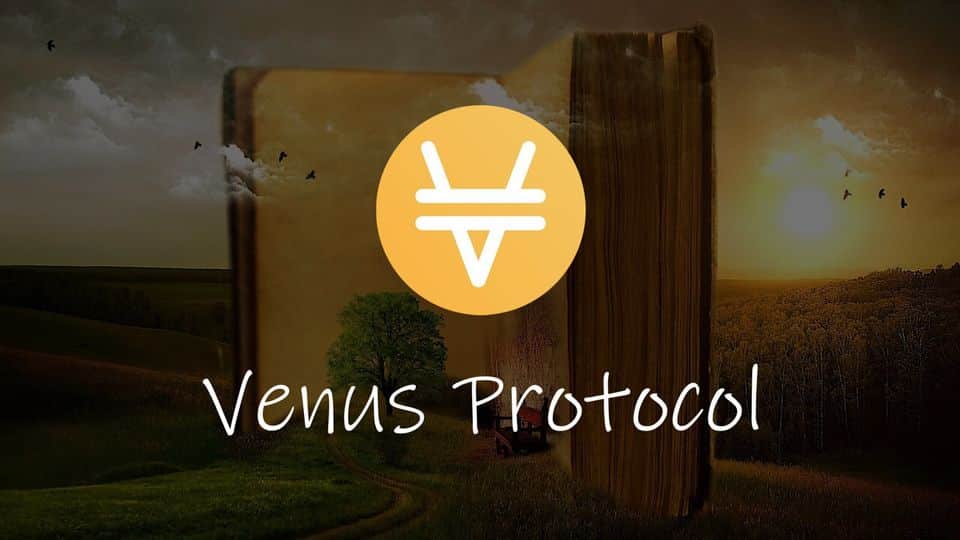
Dydx
Best DeFi protocol for liquid staking
The dYdX protocol is one of the top DeFi protocols for traders seeking advanced financial tools like margin and perpetual trading. dydx does not require KYC for trading. This makes it ideal for anyone interested in anonymous, trustless trading. It also provides competitive fee structures, gas-free trading experiences, lending and borrowing.
In comparison to its competitors, dydx offers a lower level of collateralization, thereby enhancing accessibility. Additionally, dYdX leverages StarkWare to boost productivity, minimize transaction costs, and enable community involvement and governance.
| Token | dydx |
| TVL | $521.77m |
| Chain | Ethereum |
| Launch date | July 2017 |

Lido
Top DeFi protocol for staking ETH
Lido Finance provides convenient, semi-custodial staking services for many cryptocurrencies. Lido has a friendly user interface. This makes it easy for newbies to grasp. Lido enables users to stake their assets and receive liquid staking tokens, such as stETH. They can use these liquid staking tokens for yield farming within the DeFi community.
| Token | LDO |
| TVL | $35.11b |
| Chain | Ethereum, Polygon, and Solana |
| Launch date | 2020 |

MakerDao
Ideal for creating a stablecoin
MakerDAO is a leading DeFi platform. The project helped transform how people interact with digital assets. MakerDAO runs a decentralized borrowing and lending system, driven by its DAI stablecoin.
MakerDAO enables users to generate DAI by using a range of cryptocurrencies as collateral. The MRK token serves as its governance token. MakerDAO’s biggest appeal includes features like over-collateralization to guarantee loan security. It also operates a dual-rate model that gives users the option of fixed or variable interest rates.
| Token | MKR and DAI |
| TVL | $6.835b |
| Chain | Ethereum |
| Launch date | 2014 |

Aave is a DeFi lending protocol. The project first started on the Ethereum network but has since branched out to several other chains. Aave allows crypto investors to lend and borrow from themselves without needing any middlemen. Aave hosts both altcoins and stablecoins. So, users can borrow these cryptocurrencies at variable or stable rates. They also have the option of lending these cryptos to liquidity pools to earn on their deposits.
| Token | AAVE |
| TVL | $11.581b |
| Chain | Ethereum, Base, Polygon, Fantom, Avalanche, Arbitrum, Metis, Harmony and Optimism. |
| Launch date | 2017 |

UniswapV3
Best community-centered DeFi protocol
Uniswap is one of the oldest Ethereum DEXs. It was among the first to use the AMM model to disrupt centralized financial systems. It enables users to create their tokens, exchange assets, and receive rewards. Uniswap’s model is community-dependent. This means users have to deposit tokens in a pool to ensure smooth trading. So, these contributors receive a portion of the protocol fees in return for their liquidity.
| Token | UNI |
| TVL | $3.463b |
| Chain | Ethereum, Polygon, Arbitrum, Avalanche, Binance Chain, Base, Celo and Optimism |
| Launch date | 2018 |

Compound Finance famously created the DeFi lending market. Compound allows over $2 billion in assets to be locked on its platform and streamlines the process of lending and borrowing cryptocurrency without the need for middlemen. The platform is distinguished by its innovations, such as yield farming and governance, using its COMP tokens. Compound’s core goal is to promote financial inclusion by removing transaction minimums and credit checks. Compound also offers competitive returns via real-time interest rates.
| Token | COMP |
| TVL | $2.857b |
| Chain | Ethereum, Polygon, Base, and Arbitrum |
| Launch date | 2018 |

Curve is one of the top DeFi protocols that rose to fame in the last DeFi run. Curve uses a model that is controlled by smart contracts. It enables users and other DeFi platforms to exchange stablecoins such as USDC and DAI with low slippage and low fees.
Curve operates somewhat like Uniswap. It leverages liquidity pools that reward users who provide liquidity. These liquidity providers receive a small portion of the swap fee each time users trade on the Curve.fi platform.
| Token | CRV |
| TVL | $2.715b |
| Chain | Ethereum, Arbitrum, Polygon, Base, Gnosis, Fantom, Moonbeam, Avalanche, Optimism, Kava, and Aurora |
| Launch date | 2020 |

Venus is another top DeFi protocol challenging the financial system using blockchain technology. Venus runs an algorithm-based money market. Anyone can use the Venus Protocol as long as they have a crypto wallet compatible with the BNB Chain. The system is run by Venus’s native governance token, XVS, which can be staked to gain incentives. Venus enables users to mint synthetic stablecoins by over-collateralizing positions.
| Token | XVS |
| TVL | $1.665b |
| Chain | BNB Chain |
| Launch date | 2020 |

Balancer
Best protocol for multiple tokens pool
Balancer is a DeFi platform that serves as an automated market maker, decentralized exchange, and liquidity pool. Balancer enables users to instantly swap tokens and earn fees once they provide liquidity to different pools. Users can swap their ERC-20 assets with Balancer and without the need for centralized authorities. Balancer also routes its trade through pools with the best rates. Balancer’s appeal is its support for multi-asset liquidity. This way, it contributes to the overall growth of the crypto market.
| Token | BAL |
| TVL | $1.283b |
| Chain | Ethereum |
| Launch date | 2020 |

Pancakeswap
Most suitable DeFi protocol for cost-friendly transactions
PancakeSwap allows users to trade tokens, and take advantage of liquidity pools, and staking opportunities to earn profit. PancakeSwap differs from platforms like Uniswap and SushiSwap in that it operates on the Binance Smart Chain (BSC) rather than Ethereum. As a result, transactions are cheaper compared to its Ethereum-based competitors.
PancakeSwap uses the AMM model, which depends on liquidity pools to enable trades. Liquidity providers receive rewards in the CAKE token for providing liquidity. CAKE is also the platform’s governance token.
| Token | CAKE |
| TVL | $2.324b |
| Chain | BNB Smart Chain |
| Launch date | 2020 |

GMX
Best for perpetual swaps
GMX is a decentralized perpetual trading platform on Arbitrum and Avalanche. It enables users to trade cryptocurrencies such as Bitcoin and Ethereum directly from their crypto wallets. GMX also provides several high-risk, high-reward trades, including perpetual futures with up to 50x leverage. GMX also allows users to retain custody of their assets during trades. The protocol also uses price oracles like Chainlink to strengthen transactions and serve as a hedge against any liquidation risk.
| Token | GMX |
| TVL | $601.65m |
| Chain | Arbitrum and Avalanche |
| Launch date | 2021 |

Frax Finance has advanced considerably in the last few years. It was first launched in 2019. Initially, it was known by a different name, Decentral Bank. The team focuses on stablecoins and combines the best features into its FRAX stablecoin. FRAX is a fractional-algorithmic stablecoin. It is fully collateralized. Frax also includes other financial tools including a liquid staking solution and lending services.
| Token | FRAX |
| TVL | $1.331b |
| Chain | Ethereum, Fraxtal, Polygon, Arbitrum
Avalanche, Fantom, BSC, Moonbeam, Dogechain |
| Launch date | 2020 |
Conclusion
DeFi protocols are vital for the broader crypto ecosystem. They provide financial services such as crypto lending and borrowing as well as staking opportunities. DeFi protocols allow people to access products that can help foster financial inclusion. However, DeFi protocols have historically been exposed to attacks such as hacks. So, it’s important only to use platforms you have researched and that have a good background.


